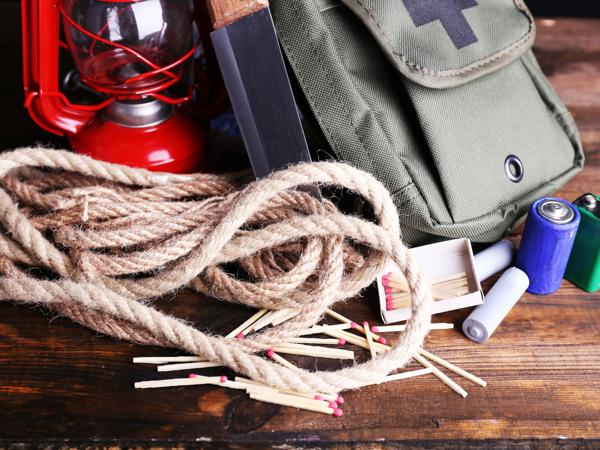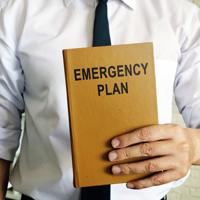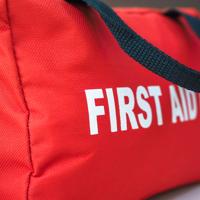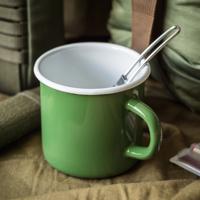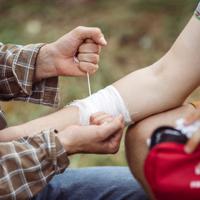In times of unexpected crises, a well-prepared home survival kit can provide peace of mind and essential support. It’s about readiness and having supplies that can help sustain you and your loved ones through an emergency. Below, we explore the essential items you might consider including in your home survival kit.
1. Water and Water Filtration
Water is crucial for survival, so having an ample supply is important. A common guideline is to store at least one gallon per person per day, covering at least three days. This accounts for drinking and sanitation.
In addition to bottled water, consider a portable water filtration system or purification tablets. These tools can treat natural water sources if your stored supply is depleted. Brands like LifeStraw or Sawyer offer compact options that are highly recommended for emergency use.
2. Food and Nutrition
Non-perishable foods are fundamental in an emergency kit. Canned goods, freeze-dried meals, and energy bars are convenient and have long shelf lives. Opt for products high in calories and nutrients to keep energy levels sustained.
Don’t forget a manual can opener. If you’re including canned foods, it’s as essential as the food itself.
3. First Aid Kit
A comprehensive first aid kit is something nearly every guide will suggest. It should include the basics like bandages, antiseptic wipes, and pain relievers. Additionally, customize your kit with any necessary personal medications and prescriptions, along with a copy of medical documents.
Consider taking a first aid course to become comfortable with the kit’s contents. Being informed can be just as valuable as the items themselves.
4. Shelter and Warmth
Having items that provide shelter and warmth can be vital, especially in cold weather conditions. Include blankets or sleeping bags that retain heat. Emergency space blankets are useful due to their lightweight and compact nature.
A tarpaulin or an emergency tent could provide primary protection against the elements. Ensure you have ropes and duct tape to secure these materials if needed.
5. Tools and Lighting
Basic tools can assist with repairs and building temporary shelters. A multi-tool or basic toolset with pliers, screwdrivers, and a knife can cover many needs.
Furthermore, pack flashlights with extra batteries or solar-powered options. Light sticks and candles are also advisable. Remember, lighting is not just about seeing but also about comfort and safety in the dark.
6. Communication Devices
Staying informed during a crisis is crucial. Battery-operated or hand-crank NOAA weather radios can provide updates on weather conditions and emergency alerts. Some advanced models come with USB ports for charging phones.
Two-way radios are an option for communication if cell service is interrupted. These can help you stay in touch with family members or community responders.
7. Personal Hygiene and Sanitation
Maintaining hygiene is necessary to prevent health issues during emergencies. Include items like hand sanitizers, wipes, toothbrushes, feminine hygiene products, and a portable toilet if possible.
Consider adding heavy-duty garbage bags for waste management. These can also double as makeshift ponchos or tarp material in a pinch.
8. Documents and Cash
Having copies of important documents can be critical in post-disaster situations. Include identification, insurance policies, and medical information, ideally stored in a waterproof case.
Cash is useful as electronic transaction methods may be unavailable. Small denominations are preferable as change might not be possible.
Conclusion
A home survival kit serves as a fundamental layer of preparedness, enabling quick and efficient responses during emergencies. Each item should be reviewed regularly to ensure it remains in good condition and still meets your needs.
This list may seem extensive, but preparation can make a considerable difference when it truly matters. Tailor your kit based on your family’s unique needs and potential local hazards one might face.
For further reading and updates, consider checking resources such as the Red Cross or FEMA’s guidelines on emergency preparedness. A little research and preparation now could provide invaluable support in times of need.
